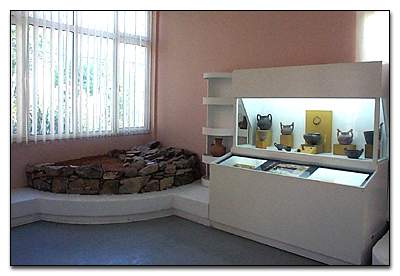 |
Educational visit to the city of Kilkis
(Archaeological Museum-Cave-Museum of War)
On March 31st the two classes of the 6th grade (ST1/ST2) visited the city of Kilkis
The Archaeological Museum of the city.
The Archaeological museum of kilkis was founded in 1972-73 in order to house the finds from the area of Kilkis mostly chance finds given by individuals. The exhibition has been enriched with numerous items revealed by the recent, systematic excavations conducted in the area. The display of the excavation finds from the Old Gynaikokastro, organised in 1991, left almost no free space in the museum itself and in the storerooms, and the extention became necessary.
The exhibition is arranged in chronological order, in three rooms : Room A contains finds of the prehistoric period. The most important exhibits are the Neolithic figurines and tools from the settlement at Kolchis.
There’s also a small collection of bronze jewellery dated to the Early Iron Age, from various sites of the Kilkis region. It includes mostly bracelets with many spirals, rings and pedants.
 |
Excavation Finds from Palaiokastro
Room B contains excavation finds from the Iron Age cemetery at Old Gynaikokastro, including characteristic urns and grave offerings, weapons, knives, double axes, and jewellery
Finds of the historic periods, mostly sculpture, vases, jewellery and objects of everyday life are displayed in Room C .Among the most impressive exhibits are: the Kouros of Europos , dated to the end of the 6th century B.C., four statues from the Heroon of Palatiano, dated to the 2nd century A.D., a statue of Dionysos, also from Palatiano, and two statues of Apollo and Aphrodite from Mikro Dasos and Chorygio, respectively .
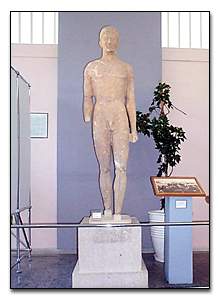
Kouros of Europos
The Cave of the city of Kilkis
The Cave of Kilkis is found on the S.W. side of a hill, in the region of the city of Kilkis. The temperature is constant during winter and summertime. The temperature is always between 15 and 17 degrees of Celsius.
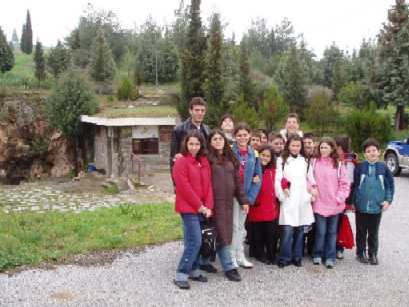 |
|
Classes ST1 and ST2 in front of the entrance of the cave.
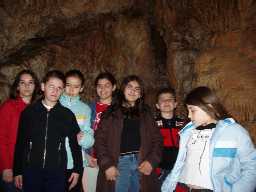 |
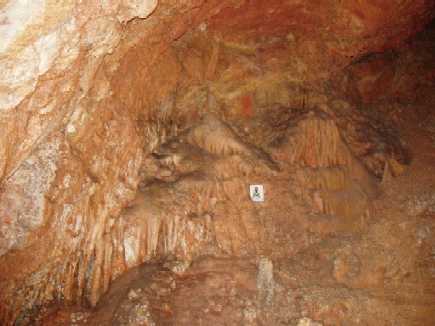 |
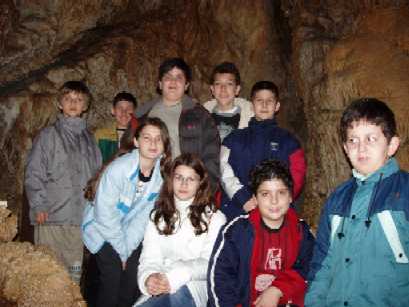 |
The students are exploring the cave.
The Museum of War
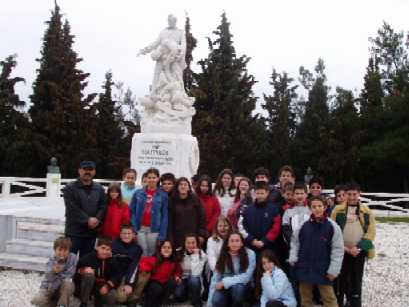 |
The Kilkis war memorial has stood on the pine-clad Heroon Hill, just outside the town of Kilkis since 1927.The work of a sculptor named Dimitriadis, from Athens, was erected to commemorate those who fell in the bloody battle of the 21 June 1913, which proved decisively for Greece’s victory in the Second Balkan War.
Beside the memorial is the War Museum, built in 1966 and extended in 1971.It belongs to the Ministry of National Defence, which is also responsible for running it. In its two rooms, a visitor may see such memorabilia of the 1912-1913 Balkan Wars as personal effects of the officers who fought in the Battle of Kilkis, military uniforms and weapons. Particularly interesting are the relief map and the audiovisual presentation of the battle.